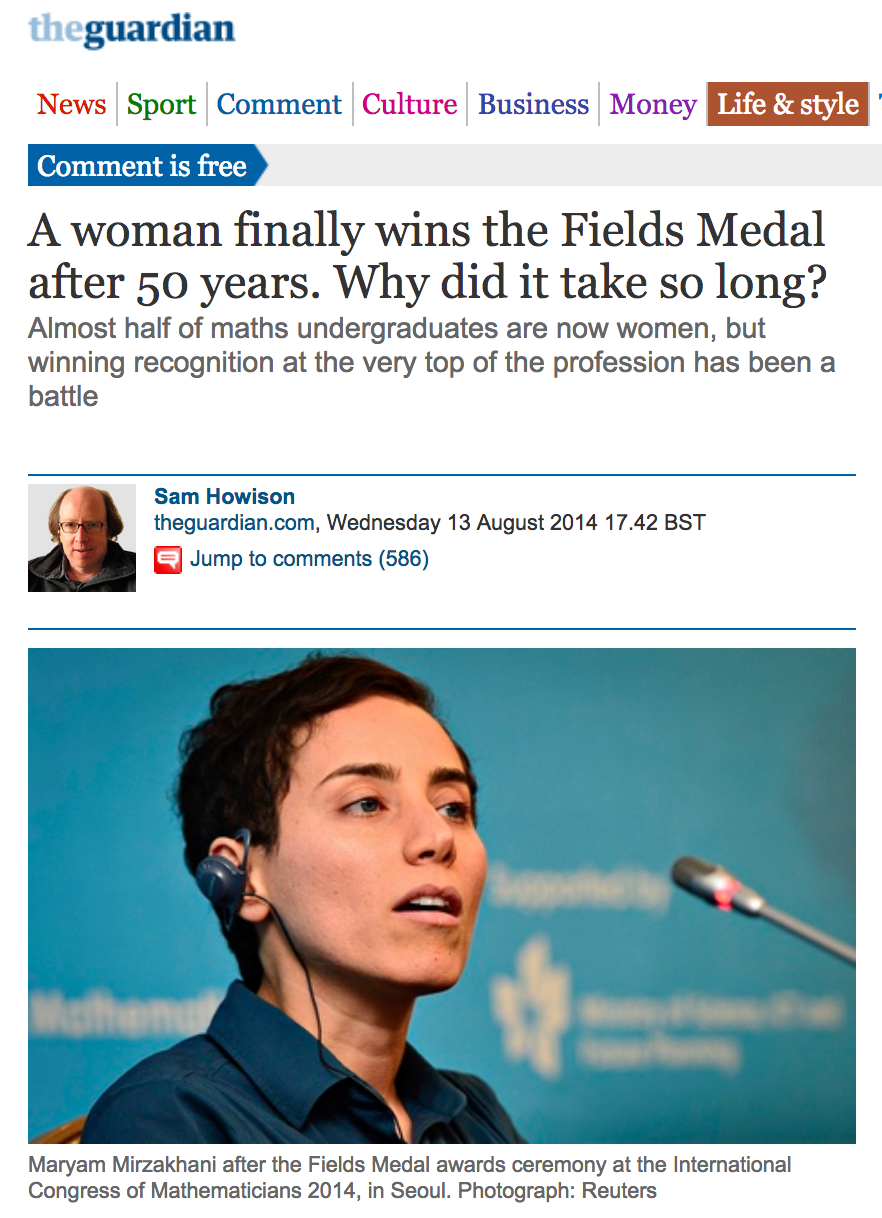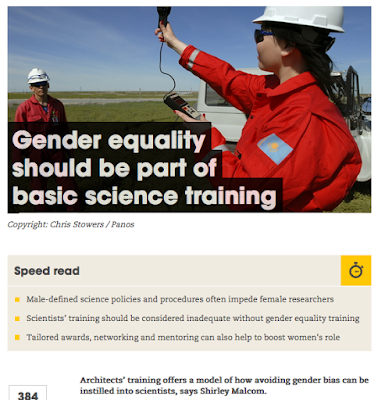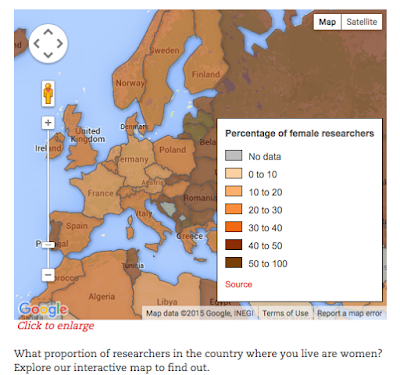Source: www.newyorker.com/science/maria-konnikova/lean-out-the-dangers-for-women-who-negotiate
Quotes:
“Attempting to negotiate can make anyone seem less nice, Bowles repeatedly found. But it’s only women who subsequently suffer a penalty: people report that they would be less inclined to work with them, be it as coworkers, subordinates, or bosses. The effect is especially strong, Bowles has found, when people observe women who engage in salary negotiations.”
“… when, despite the odds, women find themselves in leadership positions. Female leaders who try to act in ways typically associated with male leaders—assertive, authoritative, directive—are seen far more negatively than males.”
“One new study even suggests that some of the discrimination effects in the workplace aren’t the result of bias against women so much as bias in favor of men. It doesn’t matter what personal characteristic we’re talking about—gender, race, social background. Like attracts like. In-groups reward their own.”
“What we’ve found is that ambiguity facilitates the potential for gender effects and for stereotyping people. It leads people to preconceived notions … transparency has the opposite effect. It’s a healthy way of changing things without having to change the world.”
“No social-science study can tell a woman what to do in any particular negotiation. The variables are too complex. And to suggest that women should be wary of asserting themselves in the workplace would be like telling Rosa Parks not to sit in the front of a bus. But, for now, any negotiation in which gender is involved remains a careful, precarious balancing act.”









